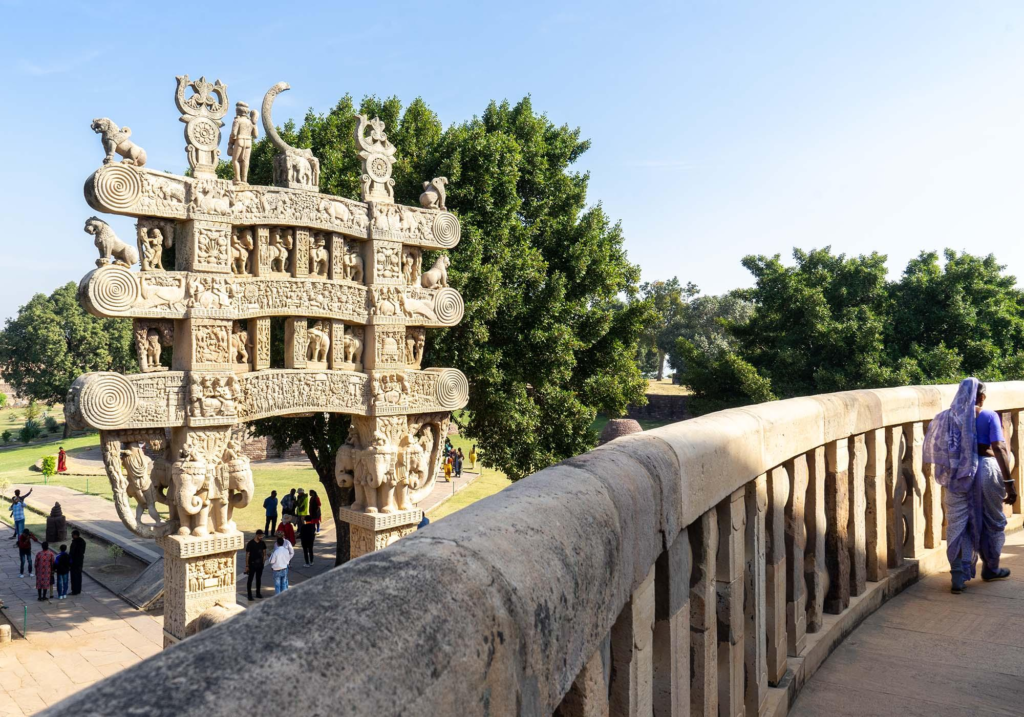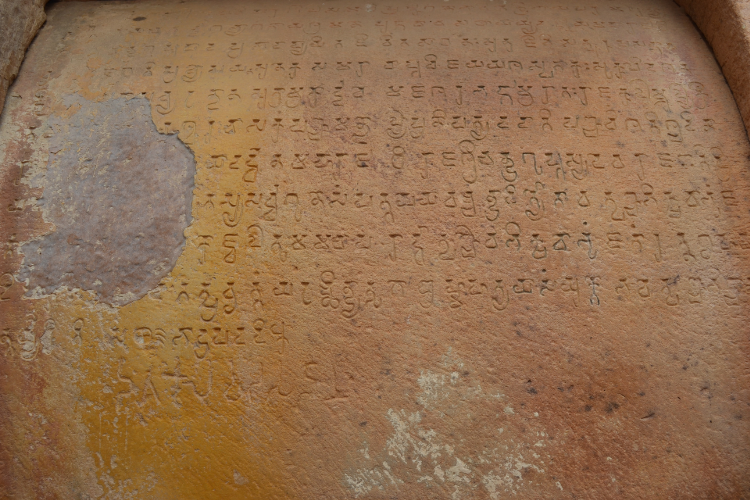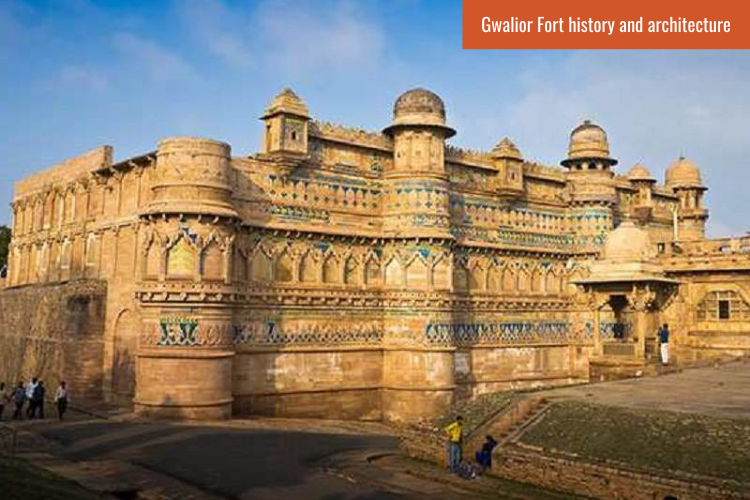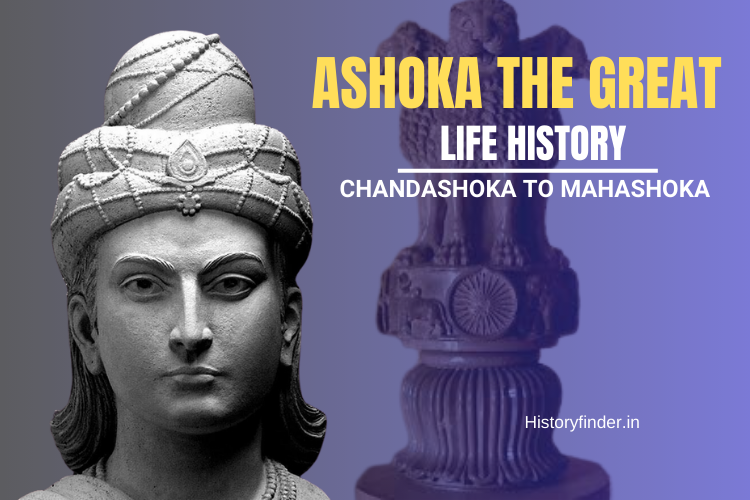Sanchi is one of the famous historical landmarks of Madhya Pradesh, India. The site houses several Buddhist monuments from the classical period of India. But the Great Stupa of Sanchi has more historical significance as one of the Ashokan constructions. It is also recognized as one of the oldest stone structures in India. Further, the Great Stupa has a great cultural importance as a Buddhist commemorative monument, housing the relics of Buddha. Historians, therefore, consider the Great Stupa of Sanchi as the most noteworthy from the other structures in Sanchi.
Located in the Raisen district of Madhya Pradesh, the place is very close to Bhopal town as well. Many small stupas were bult in the Buddhist complex of Sanchi. Stupa 1, 2 and 3 are the oldest and most prominent among them.
Mauryan King Ahsoka was a great patron of Buddhism. Without his initiatives, Buddhism probably wouldn’t have so much impact on the world. Madhya Pradesh is extremely rich with several old Buddhist stupas. More importantly, several Ashokan constructions exist in this part of India. The Stupa of Bharhut, located 300 kilometers from Sanchi, is certainly one of them.
The Great Stupa of Sanchi is also recognized among the UNSCO World Heritage sites in India, for its great historical significance. In 1989, considering the cultural significance of the Great Stupa of Sanchi, UNESCO declared it as World Heritage site.
Historical importance of Sanchi Great Stupa
The Great Stupa of Sanchi has two remarkable historical significances. Firstly, as the Ashokan construction. Secondly and more importantly, it probably carries the relics of Siddhartha Gautama Buddha himself, the founder of Buddhism.
Buddha’s holy relics (bones, hair, teeth etc.) was earlier divided into eight clans. Mauryan King Ashoka was able to gather Buddha’s relics from seven clans out of eight. He then distributed them among 84,000 unique boxes and spread them around the world. Ashoka also ordered to build a Stupa to house each box of Buddha’s relics. Since then, Buddha’s commemorative stupas had been preserving his philosophies about the way of life.
From the architectural standpoint, the stupa is one of the oldest Buddhist monuments in India. It is also recognized among India’s oldest stone constructions. Above all, the Great Stupa’s architecture was enriched with Mauryan and Shunga architectural touches. Moreover, the Ashokan capital pillar and his inscriptions possess an unmatched historical value.
The oldest Buddhist Stupa of India is also believed to house the ashes of Lord Buddha. Gateways and railings showcase primitive Buddhist sculptural mastery. Therefore, no one can ignore cultural heritage of Sanchi’s Great Stupa.
Sanchi town is also famous as wedding place of the Mauryan emperor Ashoka. His wife, Queen Devi was the daughter of a rich merchant of Vidisha, a town very close to Sanchi.
Architecture and construction of Sanchi Great Stupa
Historically, emperor Ashoka had built 84,000 Buddhist stupas during his reign. But, the Great Stupa of Sanchi was perhaps the most beautiful among his creations.
Original structure of Sanchi Great Stupa, was a 3rd century BC construction. The bricks made structure looked like a hemispherical dome. The Shungas later enlarged the Ashokan construction during 1st century BC. Shunga rulers also enclosed the hemispherical dome (Anda) with decorated railings or Vedika. The railings are open at four entrance gateways known as Torana.

The Toranas (gates) and the Vedikas (railings) are also the additions of 1st century BC. Classic Shunga arts reflect from the archway sculptures.
Gateways of Sanchi Mahastupa
Each gateway is pretty identical in shape, made of two square posts. Sculptures of lions, elephants and dwarfs are visible on top of each column. Three architraves at the top of the square form the archway of the Grand Stupa. The architraves are fairly identical in architecture. However, the sculptural decorations differ from the other.



Relief sculptures of Sanchi Great Stupa gates depict many events associated with Buddha’s life. The scenes include Jataka stories and many other incidents. One of the relief sculptures also depict King Ashoka’s visit to the famous Bodhi Tree.

Another Sanchi Great Stupa Torana relief sculpture delineates Ashoka’s visit to Ramgrama. On the right King Ashoka is shown on his chariot. The Stupa is at the center with the relics of Buddha. Naga kings with their serpent hoods are displayed on the right. According to the Buddhist legends, Ashoka failed to take the relics from Naga Kings.
Vedikas of Great Stupa
Vedikas are the polished stone slab railings that enclose the main structure. The railing decorations are unlike the archways, having no relief sculptures carved on them. However, some dedicatory inscriptions of 175-125 BCE are visible.

Lower and Upper peripheral walkways or Pradakshinapatha are also addition of Shunga dynasty. Upper walkways have another set of railings or Vedikas.
Harmika and Chhatra of Sanchi Great Stupa
The top of the hemispherical dome or Anda is flattened to host the Harmika or the top square railing. Harmika is another sandstone made railing. However, it lacks any sculptural decorations or inscriptions.
Harmika actually encloses the Chhatra, a structure with three parasols superimposed with an axis. Three parasols represent the three jewels of Buddhism – the Buddha, the Dharma, and the Sangha.
Lion capital pillar of Sanchi
Lion capital pillar of Sanchi is another creation of King Ashoka in 3rd century BCE. A finely polished sandstone forms the pillar, erected just aside the main Torana of Great Stupa. It is also renowned as one of most famous Capital Pillars of Ashoka.
The bottom part of the capital pillar still exists beside the southern Torana. However, the upper parts including the capital of the pillar are exhibited at Sanchi Archaeological Museum.
Inscriptions of Sanchi Great Stupa
The pillar has an Ashokan inscription in Brahmi scripts, one among 33 Ashokan Edicts discovered. It relates to the penalties for schism in the Buddhist Sangha, also known as Ashokan Schism Edict.

The Ashokan Schism edict of Sanchi states:
… the path is prescribed both for the monks and for the nuns. As long as (my) sons and great-grandsons (shall reign; and) as long as the Moon and the Sun (shall endure), the monk or nun who shall cause divisions in the Sangha, shall be compelled to put on white robes and to reside apart. For what is my desire? That the Sangha may be united and may long endure.
— Edict of Ashoka on the Sanchi pillar (source: Wikipedia)
Samudragupta II inscription at Sanchi Great Stupa
Another inscription of Gupta period is also visible on the lower railings near the eastern Torana. The inscription documents the donations of Gupta King Chandragupta-2 (375-415 CE) to the religious site.

Chandragupta-2 stone inscription has Sanskrit script. Hence, the inscription has a very high historical importance. Interestingly, the 4th or 5th century inscription was added to the Vedikas of 1st century BCE. The dedication also mentions the greatness of Maharajadhiraja Chandragupta -2 while making the offering.
Frequently asked questions about Sanchi Great Stupa
Great Mauryan King Ashoka is credited for building the Great Stupa of Sanchi. King Ashoka was very closely associated with Sanchi as birth place of his wife Queen Devi. According to the legends, Queen Devi also took significant effort to build the Buddhist stupa.
King Ashoka also being a great devotee of Buddhism, gathered Buddha’s holy relics from seven out it’s eight guardian kingdoms. He then distributed the relics into 84,000 boxes and distributed across the world. He further ordered to build stupas on each boxes containing Buddha’s relics.
Sanchi Great Stupa is believed to be one of those 84,000 Ashokan Stupas with Buddha’s relics.
The Great Stupa along with other structures in the Sanchi Complex was functional till the 12th century. With the decline of Buddhism in India, the monuments of Sanchi non-functional.
General Taylor of the Bengal Cavalry visited Sanchi in 1818. He found the monuments in a relatively good condition. However, the jungle had overgrown the complex. But several of the Gateways were still standing. Sanchi being situated on a hill, had escaped the onslaught of the Muslim conquerors who had destroyed the nearby city of Vidisha (Bhilsa) just 5 miles away.


